Gaza City — Israeli ground forces and tanks have pushed deeper into Gaza City, intensifying an offensive that is reshaping both the battlefield and the humanitarian situation across the enclave.
What’s Happening on the Ground
Troops advanced into key neighborhoods, including Beach Camp and Tal al-Hawa, using heavy shelling, drone strikes, and armored vehicles. Large areas of the city have been reduced to rubble, with civilian infrastructure severely damaged.
Two major hospitals — Al-Rantissi Children’s Hospital and the Eye Hospital — have been forced to close after intense bombardments made access impossible. Medical workers say patients were left stranded as ambulances and supply routes could no longer reach the facilities.
The escalation has also triggered a wave of displacement. Thousands of families have fled deeper south, though many remain trapped due to limited resources or fear of traveling amid ongoing clashes.
Statements & Justifications
The Israeli military maintains that the targets struck were linked to Hamas operations. Officials claim residential buildings, schools, and even hospitals have been used as command centers, storage facilities, or tunnel entrances. They argue that dismantling this infrastructure is essential to ending rocket attacks and hostage threats.
Government leaders in Israel have reiterated that their objectives include neutralizing Hamas’ military capacity, recovering hostages, and preventing further cross-border assaults.
Humanitarian Toll
The impact on civilians has been devastating. With two hospitals already closed and others struggling under shortages, healthcare in Gaza is nearing collapse. Doctors warn that fuel and medicine are running out, leaving critical patients without life-saving treatment.
Meanwhile, the scale of displacement continues to grow. Families forced from their homes are facing overcrowded shelters, food shortages, and a lack of clean water. Many residential areas once bustling with life now stand empty or destroyed.
Broader Implications
The deeper incursion into Gaza City signals a shift toward intense urban warfare. Control of the city is seen as strategically vital by both sides, and the ongoing battle is expected to be one of the most decisive phases of the conflict.
International concern is mounting. Aid groups are warning of an impending humanitarian catastrophe, urging immediate ceasefires or humanitarian corridors. Despite mounting diplomatic pressure, little progress has been made toward securing relief for civilians.
As the conflict grinds on, Gaza City has become both a symbolic and strategic center of the war — a place where military aims collide with the urgent need to protect human life.

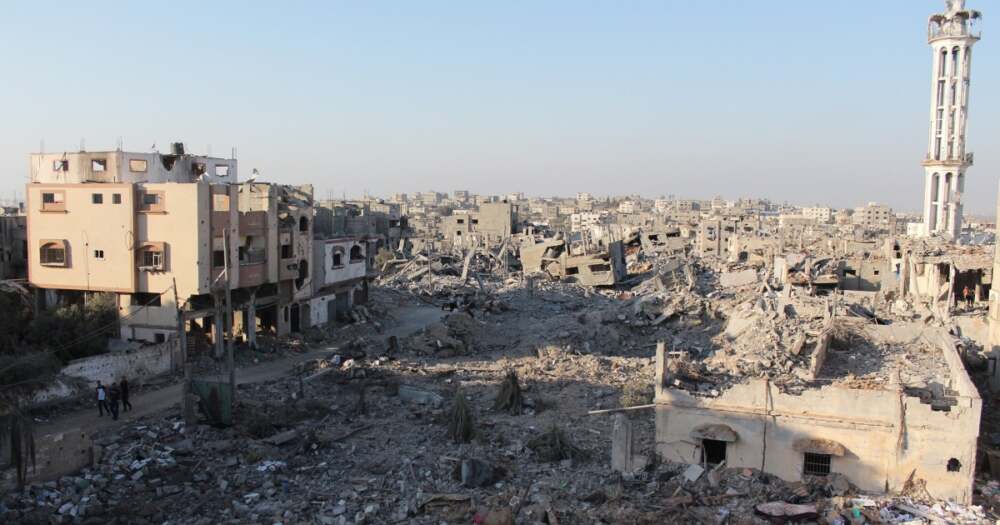
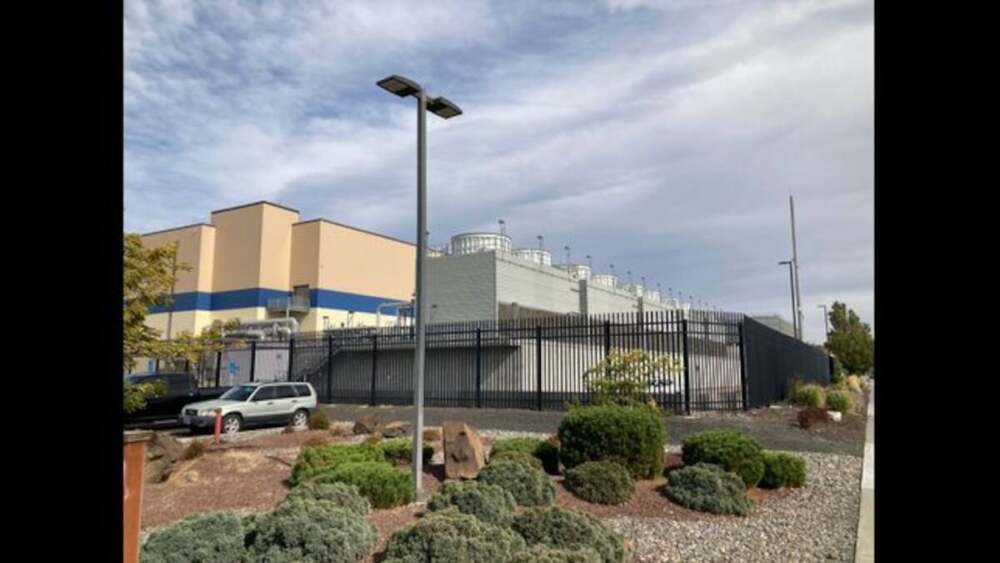
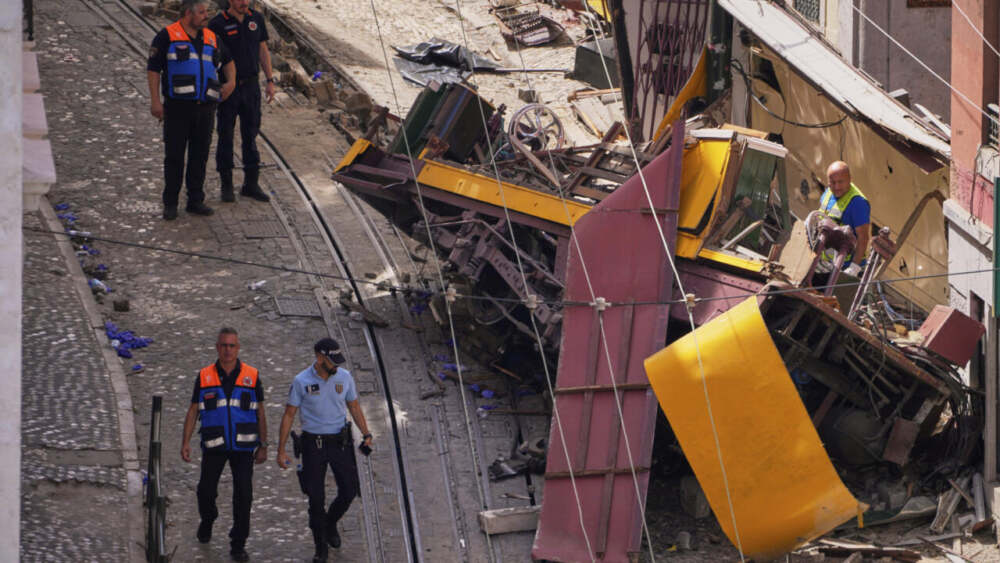
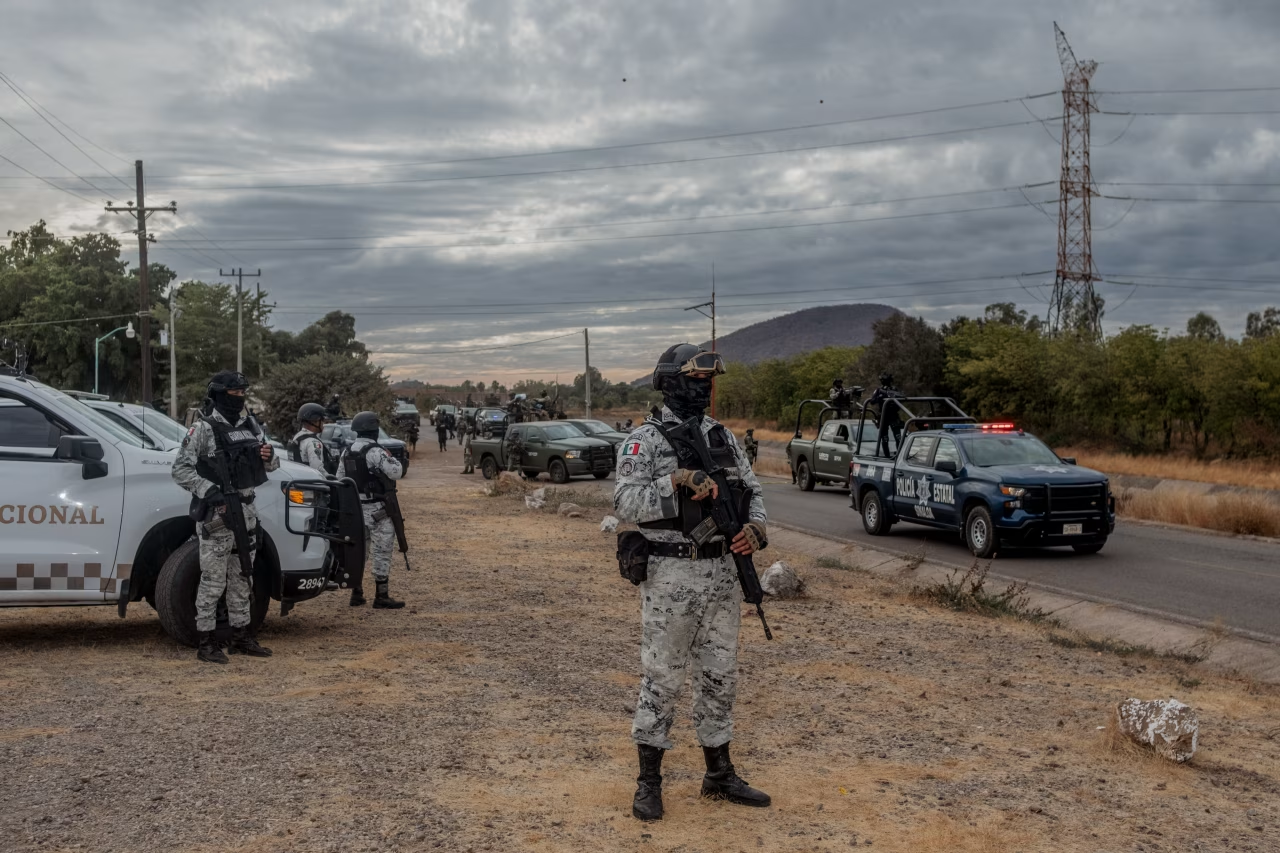

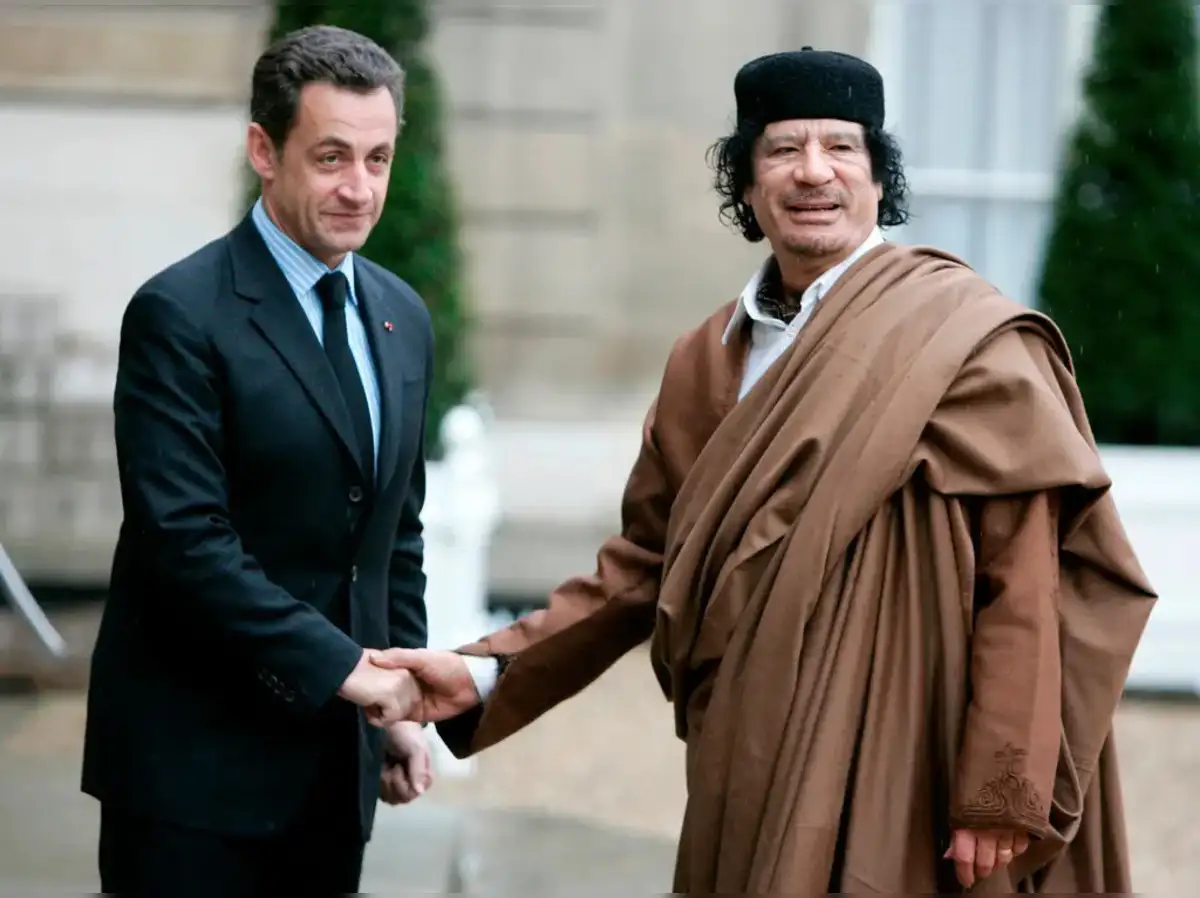









Leave a Reply